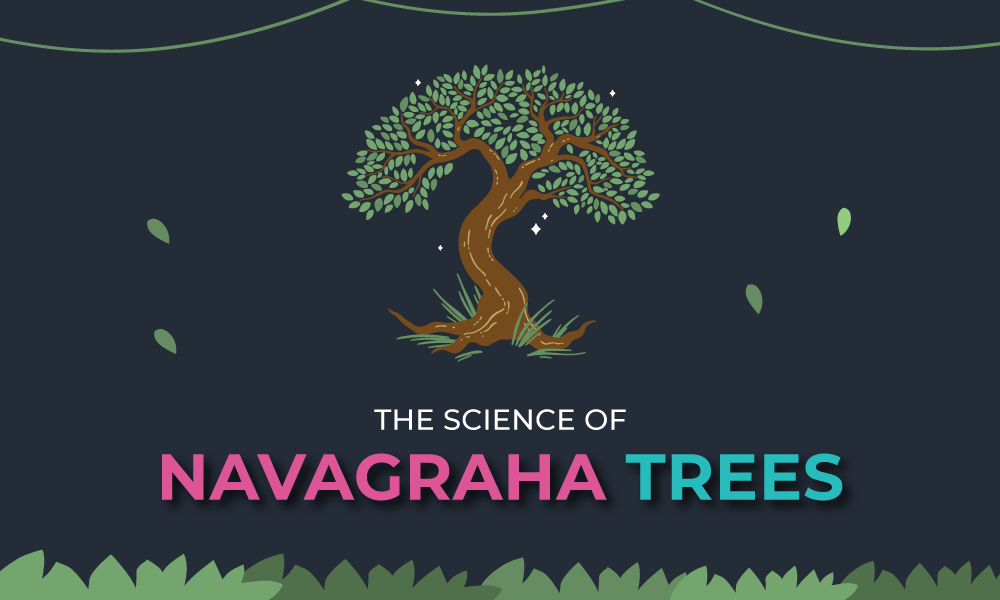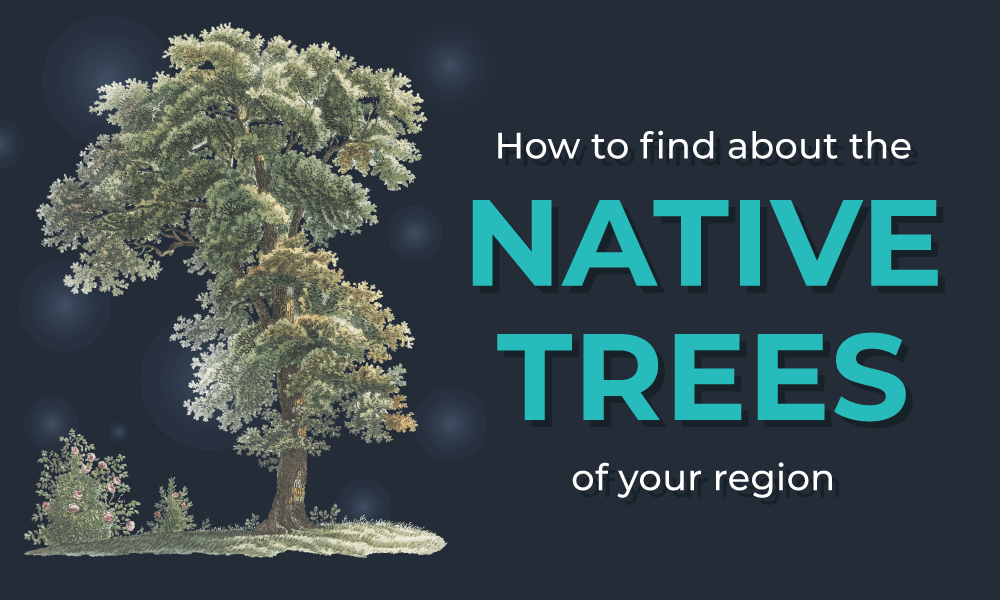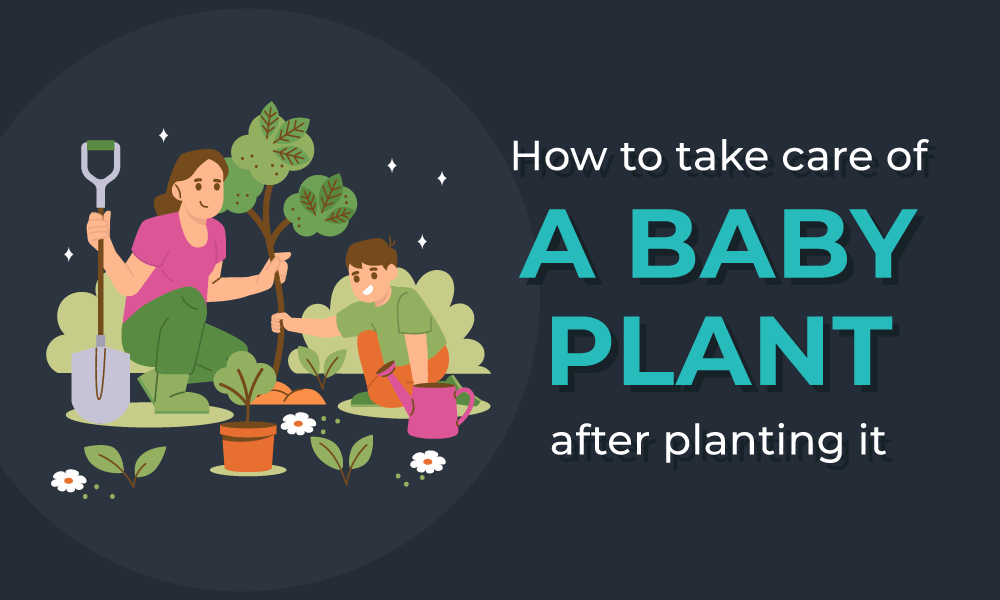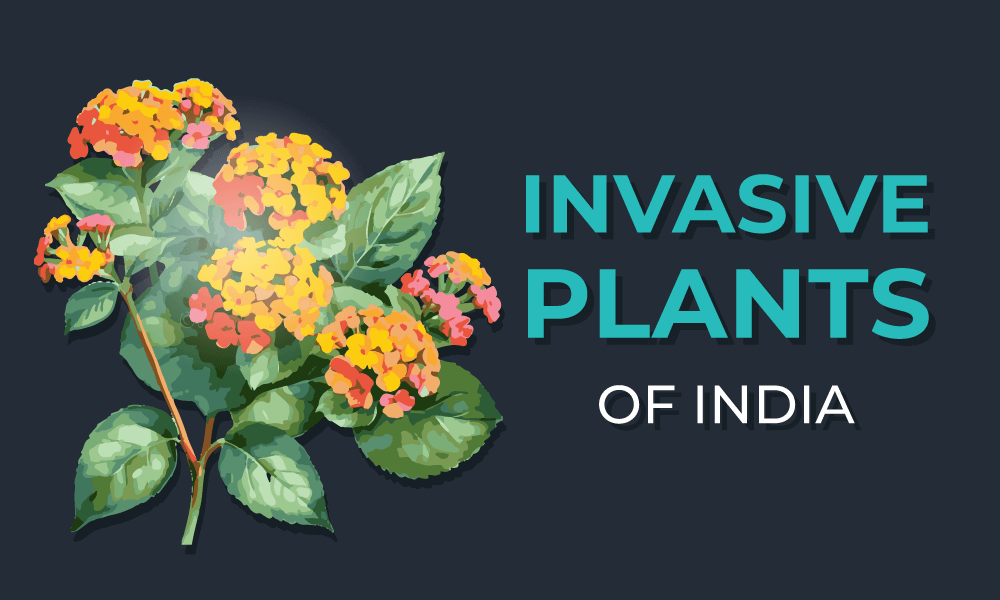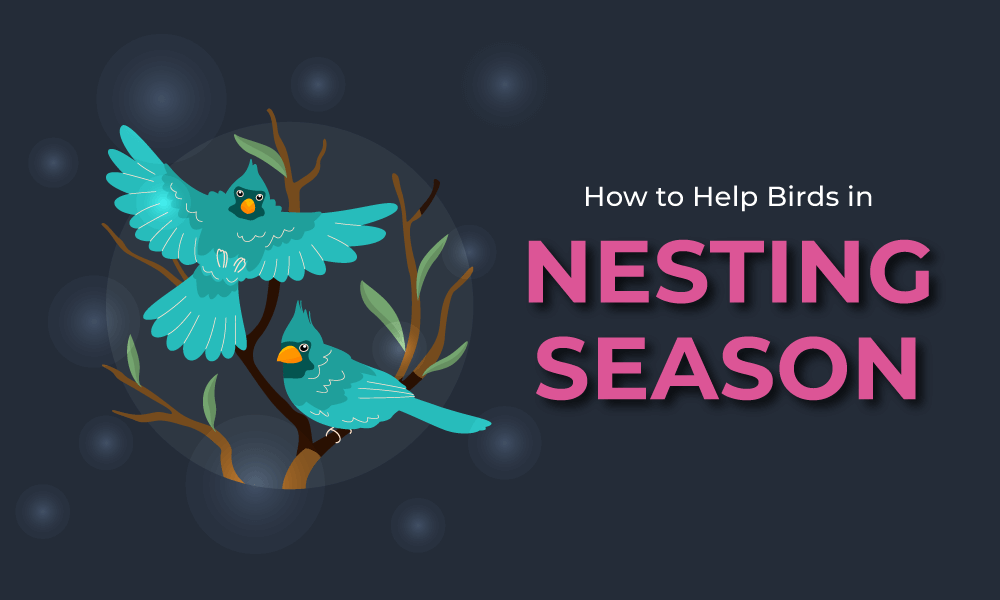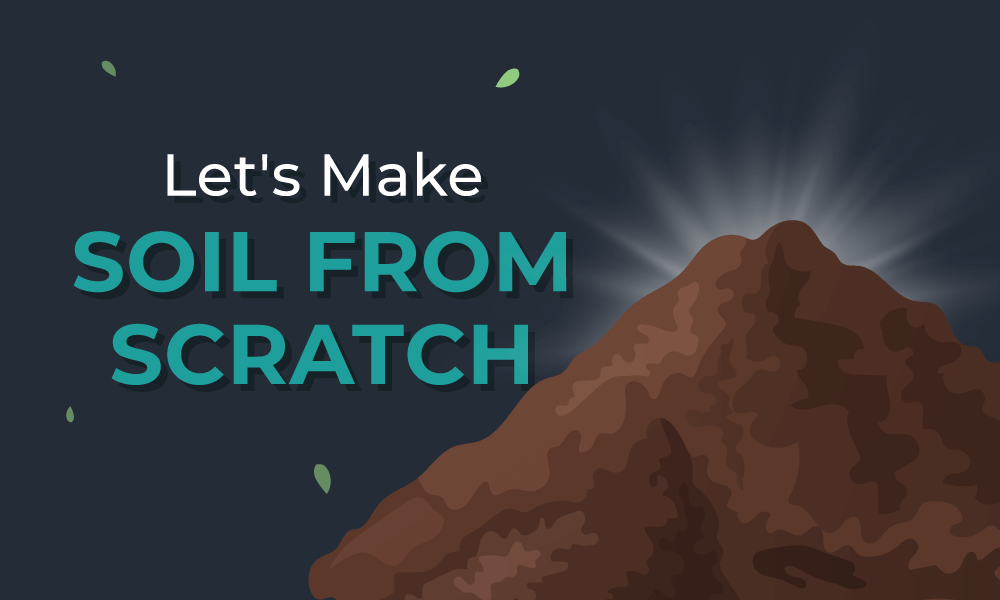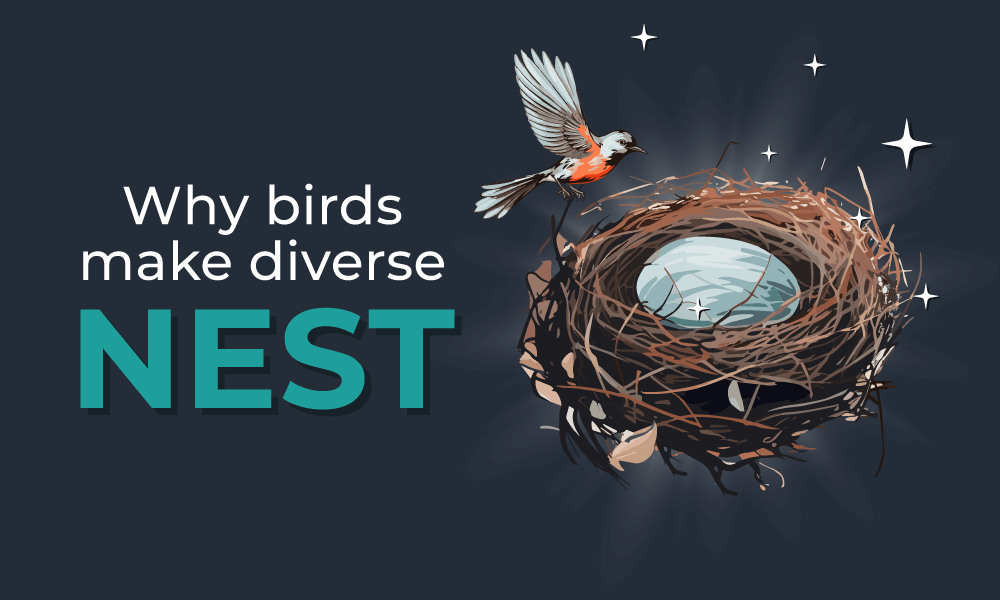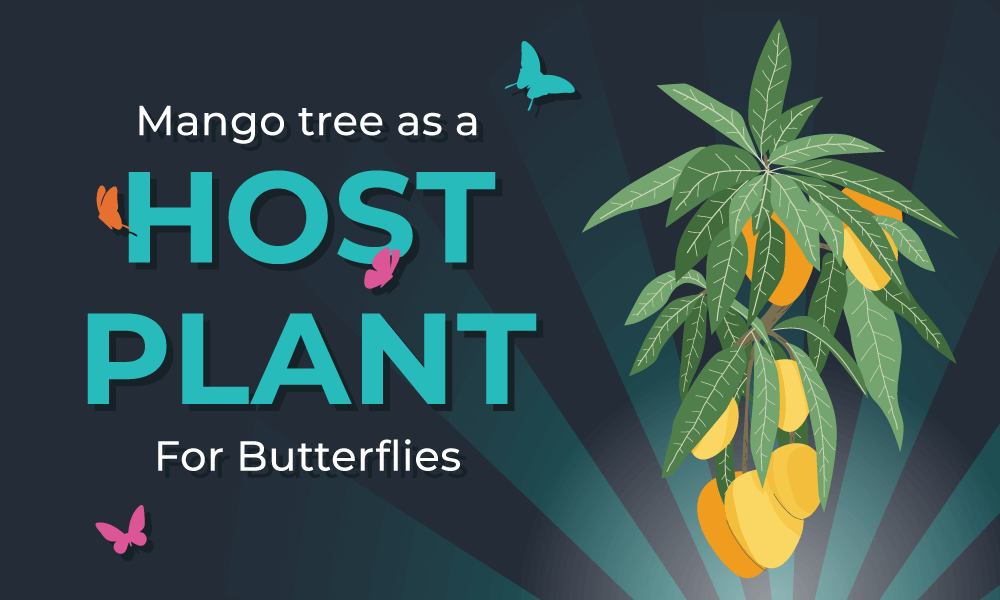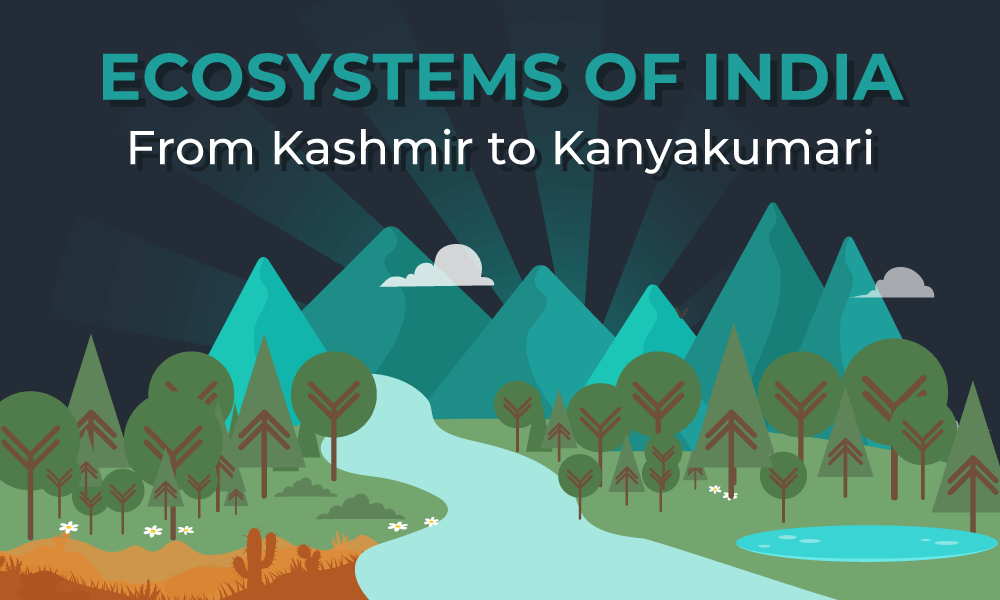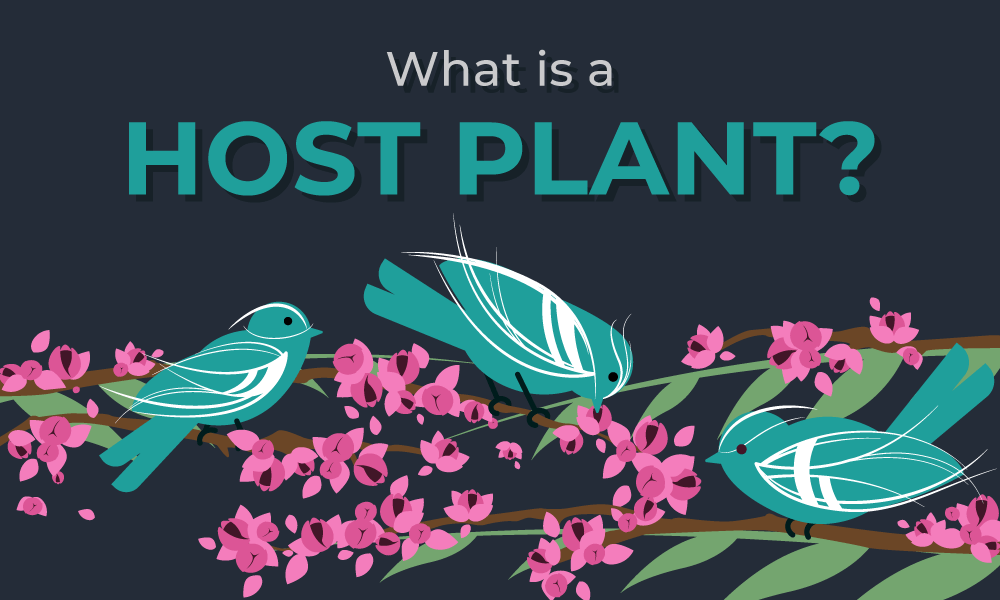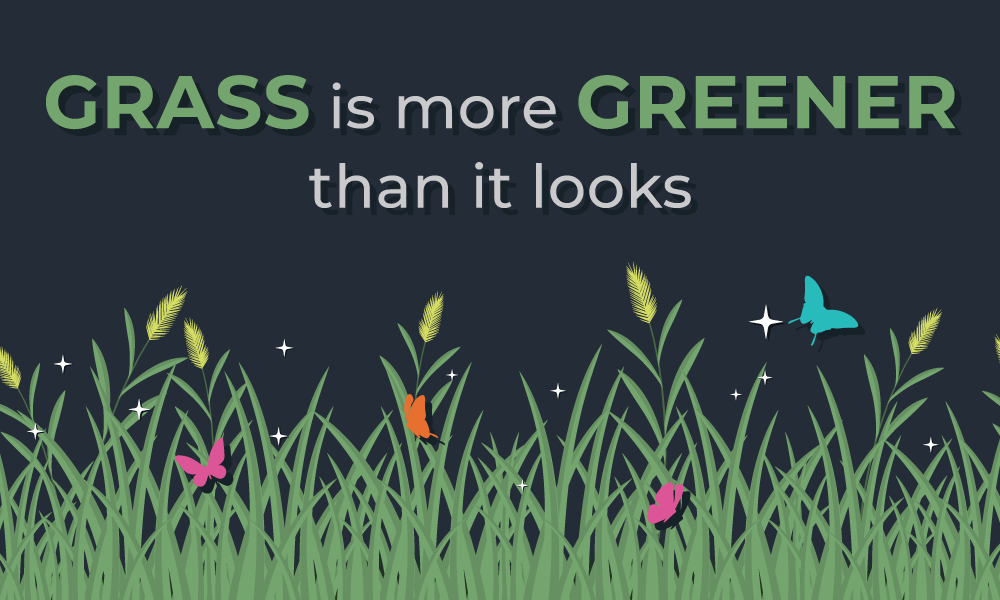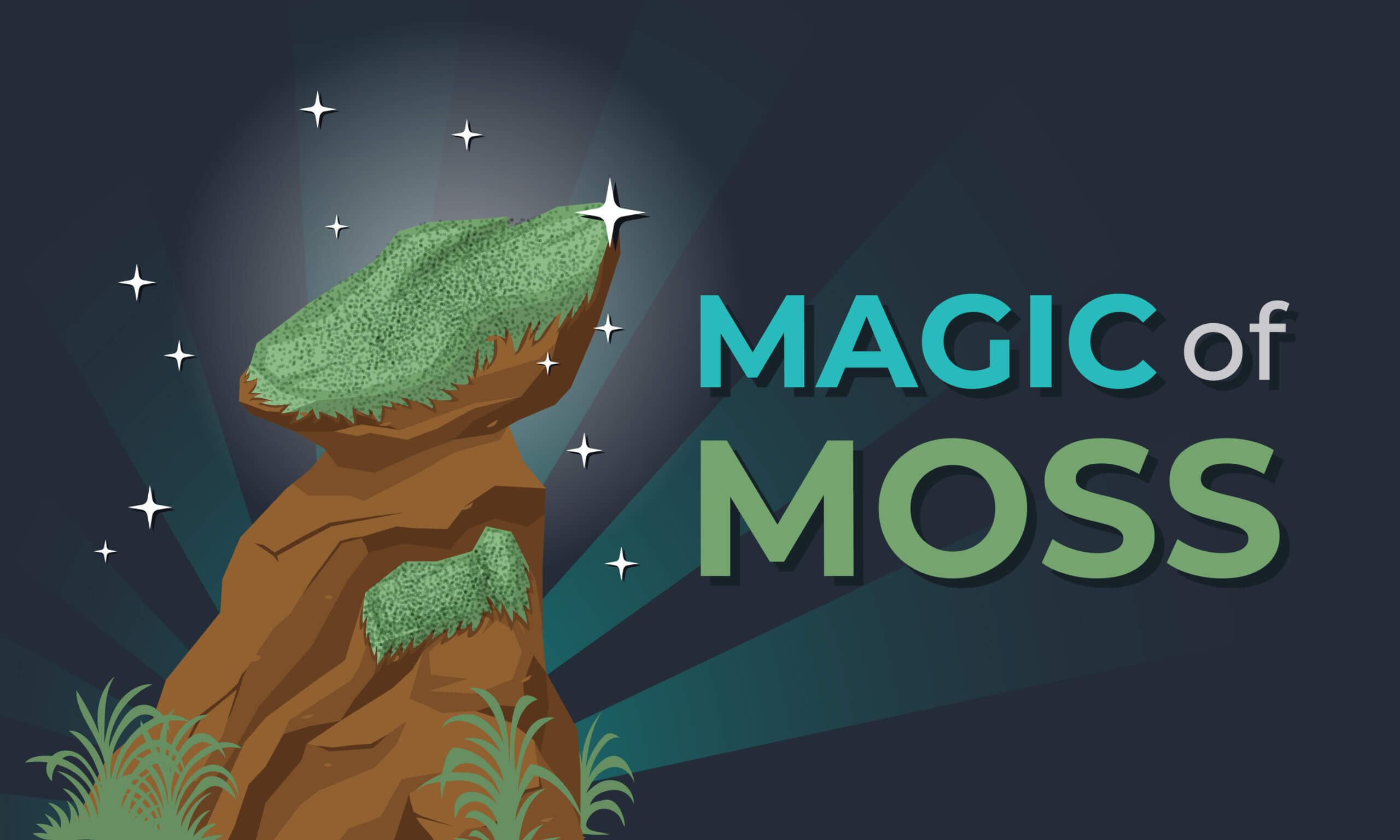Nature enthusiasts, have you ever paused to marvel at the complex nests woven by birds? These architectural wonders, often overlooked, offer a fascinating glimpse into the ingenuity and adaptability of our feathered friends. Join me on a journey through the diverse world of bird nests, where we’ll explore the different types, and let’s understand the building processes, and also learn about all the different type of materials used in their construction.
Different Types of Nests
Bird nests come in many variety of shapes and sizes, each uniquely suited to its builder’s needs. Let’s take a closer look at some of the most common types:
1. Cup Nests

Cup nests are perhaps the most familiar type. These open, bowl-shaped structures are built by a wide range of bird species, including robins, thrushes, and many songbirds. They are often nestled in the crooks of tree branches, providing a secure and hidden spot for eggs and chicks.
2. Platform Nests

Large and flat, platform nests are typically constructed by birds of prey such as eagles and ospreys. These nests are often found atop tall trees or cliffs, offering a strategic vantage point and protection from predators.
3. Cavity Nests

Cavity nests are hidden gems, found within tree trunks, branches, or even man-made structures like birdhouses. Woodpeckers are renowned for their ability to carve out these cosy homes, but many other species, such as bluebirds and owls, also seek out pre-existing cavities for nesting.
4. Pendulous Nests

Pendulous nests, or hanging nests, are a showoff of the creativity of birds like orioles and weaver birds. These woven wonders dangle from tree branches, swaying gently in the breeze, and are often crafted from grasses and fibres.
5. Burrow Nests

Some birds, like puffins and kingfishers, prefer the subterranean approach. They dig burrows into sandy or earthen banks, creating a hidden, tunnel-like nest that provides excellent protection from the elements and predators.
The Art of Nest Building
Building a nest is no small task. It requires skill, patience, and a keen understanding of the environment. Birds employ various techniques and strategies to create their perfect home.
Selecting the Site

The first step in nest building is selecting the right location. Birds consider factors such as safety from predators, proximity to food sources, and shelter from the elements. Some birds return to the same site year after year, while others may choose a new location each breeding season.
Gathering Materials

Once the site is chosen, the next task is gathering materials. Birds are resourceful and use whatever they can find in their surroundings. This includes twigs, leaves, grasses, feathers, mud, and even spider silk. Some species, like bowerbirds, are known for their artistic flair, decorating their nests with colourful objects to attract mates.
Construction Techniques
The actual construction process varies widely among species:
- Weaving: Birds like weavers and orioles are master weavers, intricately braiding grasses and fibres to form sturdy, hanging nests.
- Binding: Swallows and martins use mud to bind materials together, creating cup-like nests under eaves or on cliff faces.
- Scraping and Digging: Ground-nesting birds like plovers scrape shallow depressions in the soil while burrowing birds like puffins dig tunnels into sandy banks.
The Role of Both Sexes
In many species, both the male and female participate in nest building. For example, in the case of the bald eagle, the pair works together to build a massive platform nest, adding new material each year. In other species, like the hummingbird, the female takes on the entire construction process herself.

The Building Blocks: Nesting Materials
The materials used in nest construction are as diverse as the birds themselves. Let’s explore some of the common and not-so-common materials birds utilize:
- Twigs and Sticks: These form the framework for many nests, providing structural support.
- Grass and Leaves: Used for lining and insulation, creating a soft and comfortable interior.
- Feathers and Fur: Added for extra warmth and cushioning.
- Mud and Clay: Utilized by swallows and martins to bind and solidify the nest structure.
- Spider Silk: Some birds, like hummingbirds, use spider silk to bind materials together, creating a flexible yet strong nest.
- Human-made Objects: In urban areas, birds often incorporate man-made materials such as string, paper, and plastic into their nests.
- Animal Products: Hornbills use their own saliva to cement their nests, while some birds use dung to deter predators with its scent.
The Purpose and Importance of Nests
Nests serve a vital purpose in the life cycle of birds. They provide a safe and nurturing environment for eggs and chicks, protecting them from predators, harsh weather, and other dangers. Nests also offer a place for bonding and nurturing between parent birds and their offspring.
Protection and Camouflage
Many nests are expertly camouflaged to blend into their surroundings, making it difficult for predators to spot them. Ground nests are often hidden among grasses, while tree nests may be built high up or concealed within dense foliage.
Temperature Regulation
Nests help regulate the temperature for developing eggs and growing chicks. The insulating properties of materials like feathers and fur keep the nest warm, while ventilation holes or open designs prevent overheating.
Bird nests are a testament to the ingenuity and adaptability of birds. From the humble cup nest to the elaborate hanging nest, each structure is a marvel of natural engineering. By understanding the different types of nests, the building techniques, and the materials used, we gain a deeper appreciation for the remarkable skills of our flying friends.
Next time you spot a nest, take a moment to admire its craftsmanship and consider the incredible effort that went into its creation. The world of bird nests is a fascinating and intricate aspect of nature, and by learning more about it, we can better appreciate the wonders of the natural world.
Happy birdwatching, nature enthusiasts!
Read more : Wild cats of the world
If you have some suggestion on which we should write or you have any query and something else you can contact us. Please do share this blog with your family, friends, and others so they can all Exploring the Fascinating World of Nests



























